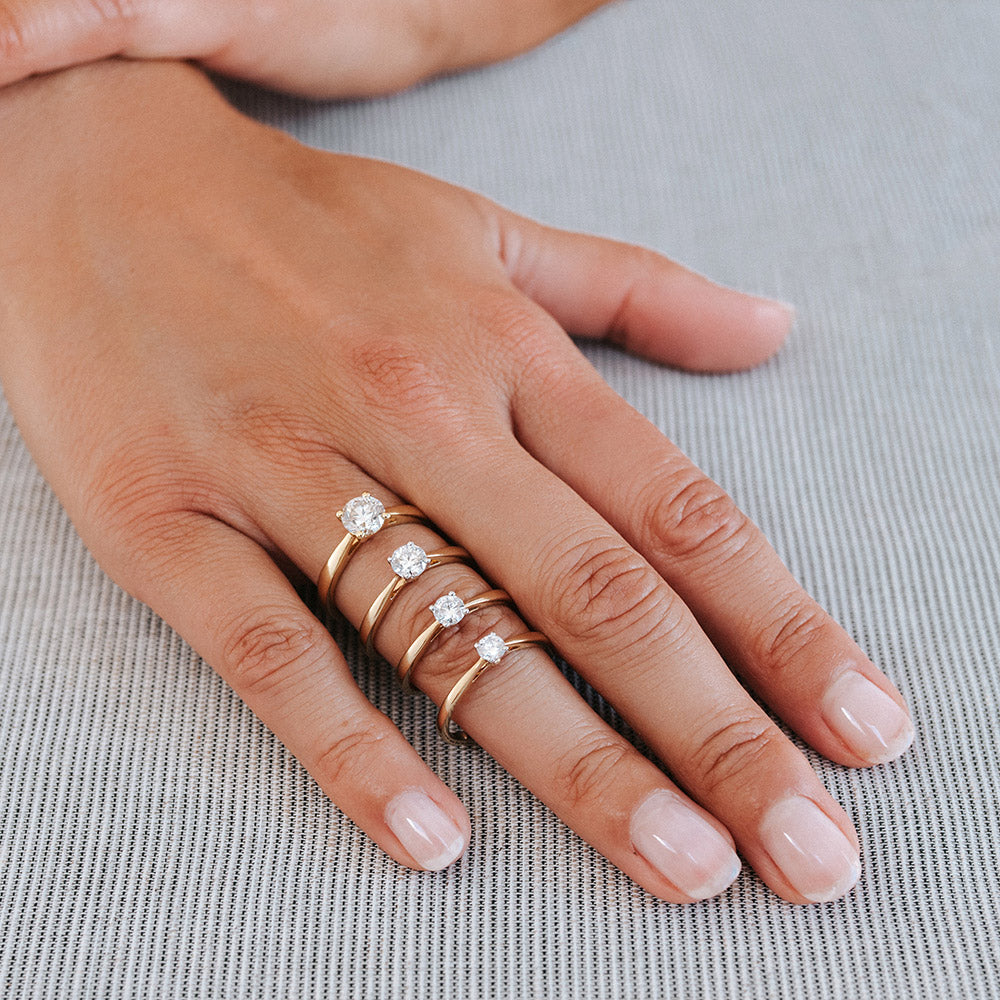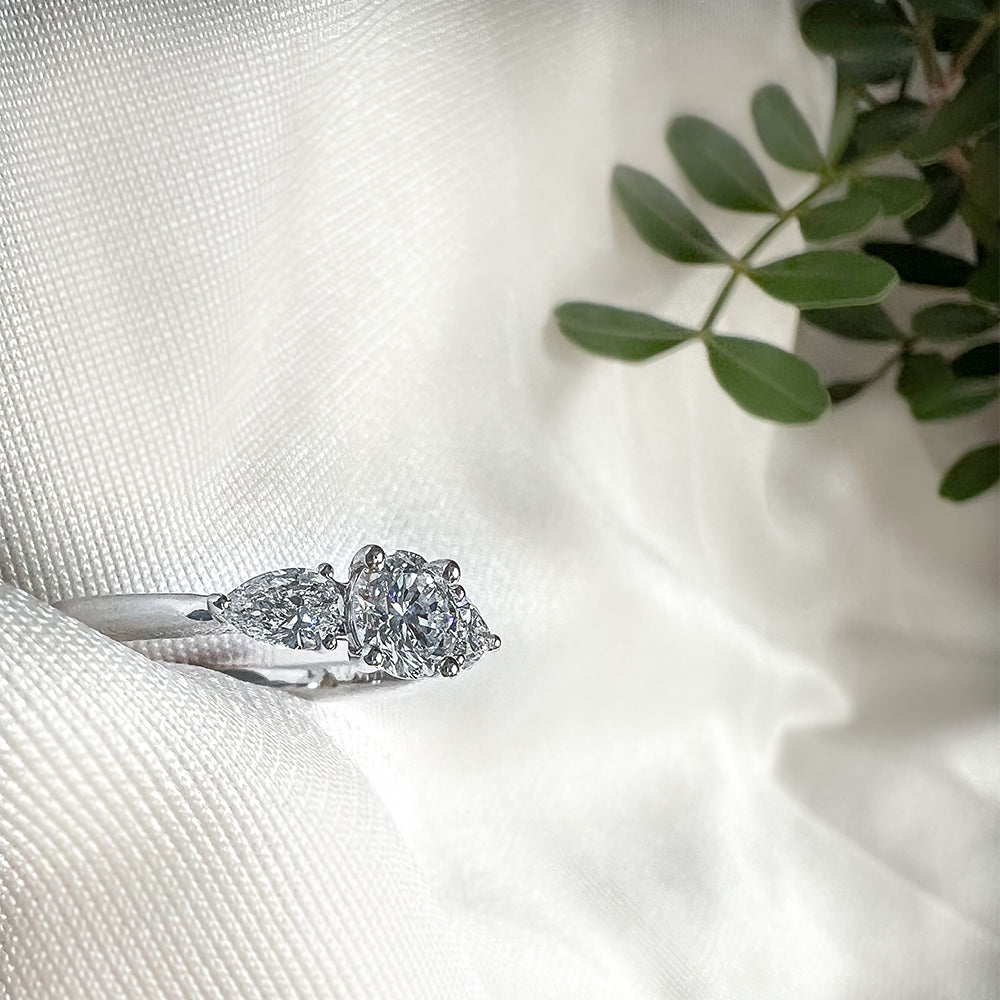What is a lab grown diamond?
A lab grown diamond (also called a synthetic diamond) is a diamond that has been artificially produced in a laboratory rather than in nature. The term 'lab grown' therefore stands for the 'growing' that has taken place in a 'lab' (oratory).
Lab grown diamonds have the same physical, chemical and optical properties as naturally occurring diamonds, but are produced by replicating the conditions under which diamonds are formed in the earth, such as high pressure and high temperatures.
The result of this process, the lab grown diamond, is 100% identical to a natural diamond!

What is the difference between lab grown diamond and natural diamond?
The difference between lab grown diamonds and natural diamonds lies mainly in the way they are formed and mined.
Natural diamonds are formed in the earth's crust under high pressure and high temperature over millions of years. They are then mined from mines all over the world.
Lab grown diamonds, on the other hand, are produced in laboratories under controlled conditions. The production of lab grown diamonds starts with a small diamond seed that is placed in a high pressure, high temperature environment to stimulate the growth of the diamond. The process can take anywhere from a few weeks to a few months, depending on the size and quality of the diamond that is produced.
In terms of physical and optical properties, lab grown diamonds are identical to natural diamonds. They have the same chemical composition, crystal structure, hardness and optical properties as natural diamonds. The only difference is that lab grown diamonds can be produced from a raw material that is 'infinitely' available, carbon (C).
How is lab grown diamond made?
There are several methods to produce lab grown diamonds, but the most common methods are Chemical Vapor Deposition (CVD) and High Pressure High Temperature (HPHT). In CVD, a mixture of gaseous substances is placed in a vacuum environment, depositing a diamond layer on a substrate. In HPHT, carbon is compressed under high pressure and high temperature to form diamond crystals.
After this process, a rough diamond is created, just as rough diamonds are created and dug up deep in the earth. But then the artisanal process begins; the diamonds are selected for quality and polished by qualified diamond cutters into the most beautiful cutting shapes of the highest quality ('cuts').
Is lab grown diamond an imitation diamond?
'No, lab grown diamonds are not fake or imitation diamonds, but real diamonds with the same properties as natural diamonds. The only difference is that they are produced artificially in a lab instead of in nature.
Fake diamonds are usually made of materials such as glass or plastic and do not have the same properties as real diamonds. They are often used as imitations of diamonds in jewelry and other applications where price is an important factor.
Lab grown diamonds, on the other hand, are real diamonds that are produced using advanced technologies and techniques. They have the same chemical composition, crystal structure and physical properties as natural diamonds and are increasingly being used as an alternative to natural diamonds due to their sustainability and environmentally friendly production methods.
Examples of the most commonly used imitation diamonds in the Netherlands are zirconia and moissanite. We will take you through the most important differences between lab grown diamond and these imitation diamonds zirconia and moissanite.
What is the difference between lab grown diamond and zirconia?
Lab grown diamonds and cubic zirconia are both synthetic gemstones, but there are some key differences between the two.
First, the chemical composition of these two gemstones is different. Diamonds are made of pure carbon, while cubic zirconia is made of zirconium oxide. This difference in composition results in differences in physical and optical properties.
Secondly, the hardness of diamonds is much higher than that of cubic zirconia. Diamonds are the hardest gemstones known, while cubic zirconia is much softer. This means that diamonds are less likely to be scratched or damaged than cubic zirconia.
Third, diamonds have a higher refractive index than cubic zirconia, meaning they refract light differently and exhibit more brilliance and fire.
Finally, lab grown diamonds are more expensive than cubic zirconia because their production is more complicated and therefore the lab equipment and production process are more expensive.
In short, lab grown diamonds and cubic zirconia are both synthetic gemstones, but diamonds have a higher hardness, a higher refractive index and have a (much) higher value than cubic zirconia.
What is the difference between lab grown diamond and moissanite?
Lab grown diamonds and moissanites are both synthetic gemstones, but there are major and important differences between these two stones.
First, the chemical composition of these two gemstones is different. Diamonds are made of pure carbon, while moissanites are made of silicon carbide. This difference in composition results in differences in physical and optical properties.
Secondly, the hardness of diamonds is also higher than that of moissanites. Diamonds are the hardest gemstones known, while moissanites are slightly softer. This means that diamonds are less likely to be scratched or damaged than moissanites.
Third, diamonds have a different refractive index than moissanites, meaning they refract light differently, thus showing a different brilliance when viewed with the naked eye.
Finally, lab grown diamonds are more valuable than moissanites because their production is more complicated and the process is more expensive.
In short, lab grown diamonds and moissanites are both gemstones, but diamonds have a higher hardness, a higher refractive index and are significantly more valuable than moissanite stones.
The similarities and different properties of lab grown diamond, natural diamond, zirconia and moissanite
| Stone | Lab grown diamond | Natural diamond | Zirconia | Moissanite |
| Chemical composition | Carbon (C) | Carbon (C) | Zirconium dioxid (Zro2 | Silicon carbide (SiC) |
| Origin | Laboratory | Earth | Laboratory | Laboratory |
| Hardness | 10 (Mohs) | 10 (Mohs) | 8.56 (Mohs) | 9.25 (Mohs) |
| Density | 3.52 | 3.52 | 5.68 | 3,22 |
| Refractive index | 2,417 | 2,417 | 2,176 | 2.65 |
| Melting point in degrees Celsius | 3550 | 3550 | 2715 | 2730 |
Although some numbers may seem close to each other for diamonds, imitation stones zirconia and moissanite, in practice it becomes clear that they are completely different products. If you look at the stones up close, you can see clear differences in quality and, for example, brilliance with the naked eye. But the hardness of the stones also makes a world of difference in practice. Where a diamond always retains its shine 100% thanks to its scratch resistance, imitation stones will (sometimes quickly) become duller when worn due to miniscule scratches on the surface.
What is the advantage of lab grown diamond over natural diamond?
Lab grown diamonds are generally a lot cheaper than natural diamonds. Lab grown diamonds also have much less negative environmental and social impact, because no mines are needed to obtain them. That is why they are becoming increasingly popular as an alternative to natural diamonds.
The popularity of lab grown diamond
The global awareness and popularity of lab grown diamonds as an alternative to natural diamonds has increased significantly in the past five years. Many people are increasingly choosing economically and environmentally conscious, which contributes to the success of these beautiful stones. From 2021 onwards, we will also see strong growth in the Dutch consumer, with the youngest generations in particular opting for a lower impact on nature.
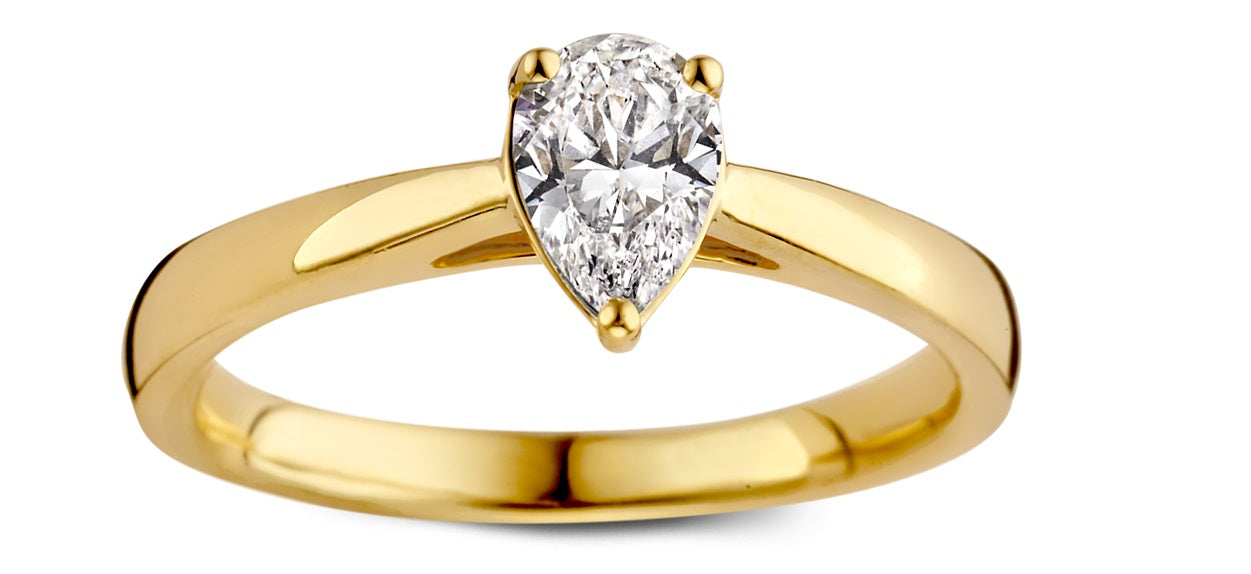
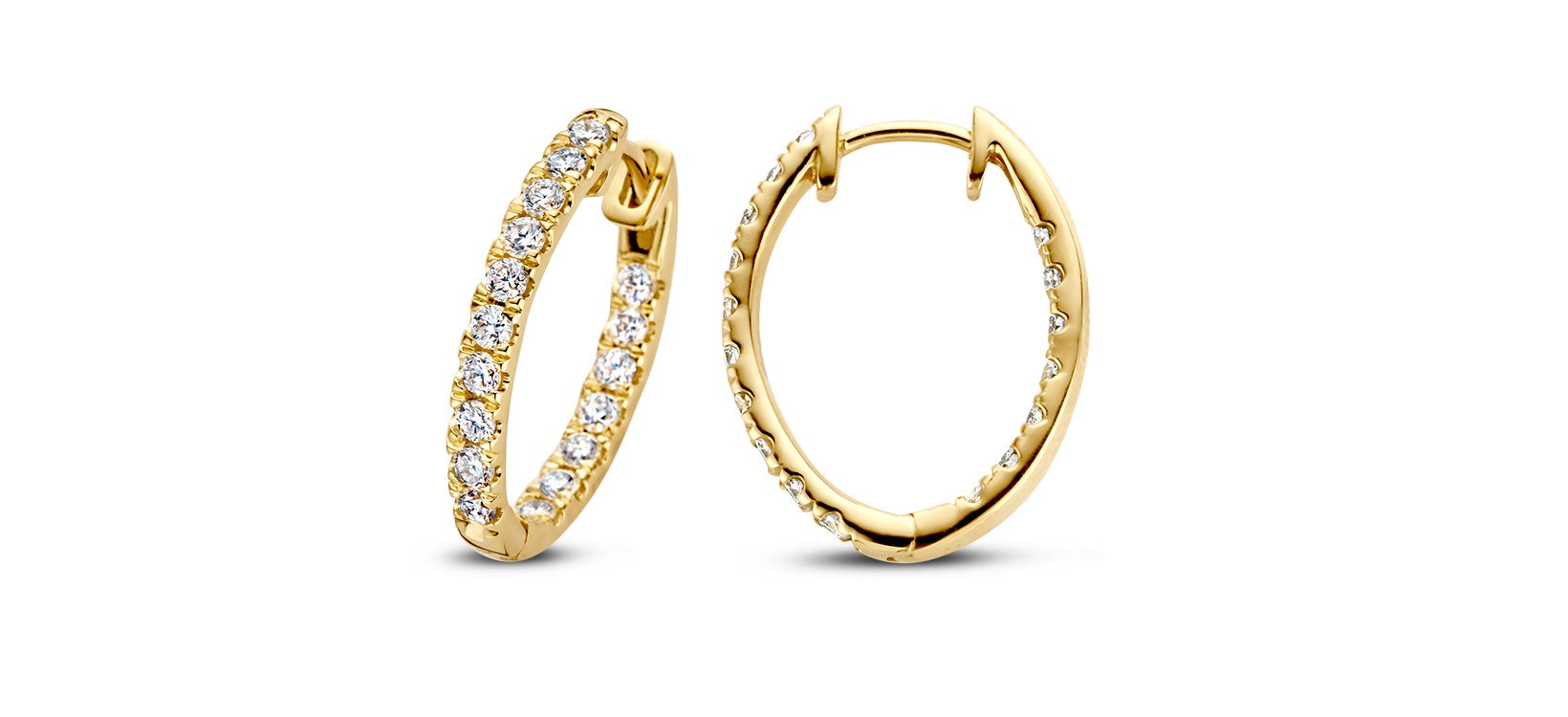
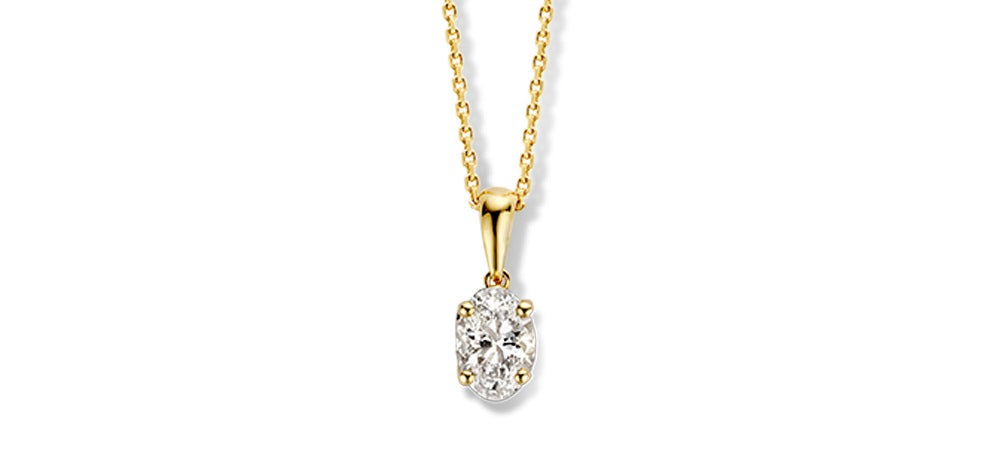
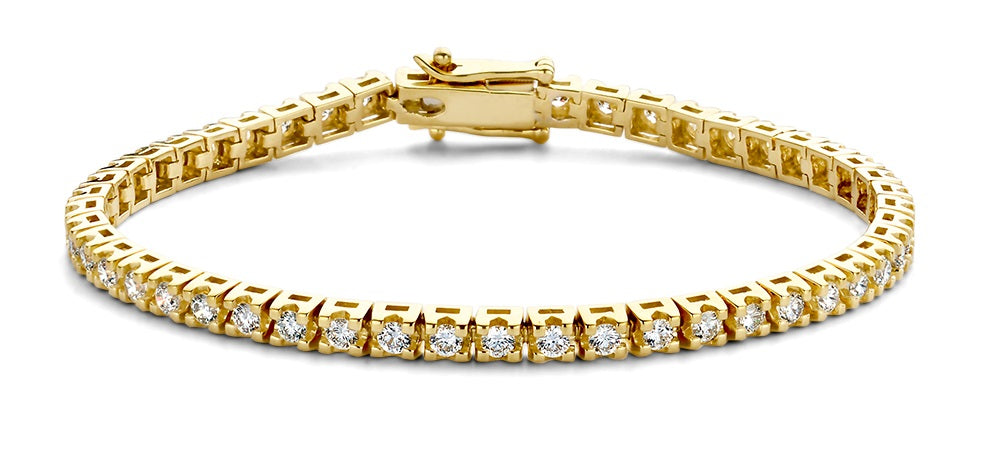




![De 4 populairste diamantvormen voor verlovingsringen in 2025 [+ tips bij het kiezen]](http://www.aurorejewelry.nl/cdn/shop/articles/606.jpg?v=1758206638&width=1080)

